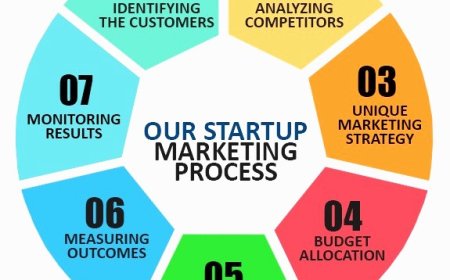What is my long-term vision for the business
Defining your long-term vision for your business is crucial as it sets the direction and guides your decisions and actions. Here are some steps to help you articulate your long-term vision:

Defining your long-term vision for your business is crucial as it sets the direction and guides your decisions and actions. Here are some steps to help you articulate your long-term vision:
-
Reflect on Your Values and Passion: Consider your personal values, interests, and passion. What drives you? What are you truly passionate about? Aligning your business with your values and passion will give it a strong foundation.
-
Define Your Purpose: Determine the purpose of your business beyond just making profits. Ask yourself what impact you want to make on society, your customers, or the industry. Define the greater purpose that your business aims to fulfill.
-
Set Specific Goals: Establish specific long-term goals that you want to achieve with your business. These goals should be measurable, realistic, and aligned with your vision. Consider aspects like revenue targets, market share, geographical expansion, product/service innovation, or social impact.
-
Envision the Future State: Imagine your business in the future, perhaps 5 or 10 years down the line. Visualize what success looks like for your business. How has it grown? What is its reputation? How does it contribute to the industry or society? Envision the impact you want your business to have.
-
Consider Market and Industry Trends: Take into account market and industry trends when envisioning the future of your business. Anticipate how technology, consumer behavior, regulations, or other external factors may shape the industry landscape. Adapt your long-term vision to account for these trends.
-
SWOT Analysis: Conduct a SWOT (Strengths, Weaknesses, Opportunities, Threats) analysis to evaluate your business's internal strengths and weaknesses, as well as external opportunities and threats. Use this analysis to shape your long-term vision and address any gaps or challenges.
-
Involve Key Stakeholders: Engage key stakeholders, such as employees, partners, customers, and investors, in the visioning process. Gather their input and insights to ensure alignment and collective commitment to the long-term vision.
-
Communicate and Inspire: Clearly communicate your long-term vision to all stakeholders. Paint a compelling picture of the future, highlighting the benefits and opportunities it presents. Inspire and motivate your team and stakeholders to rally behind the vision and work towards its realization.
-
Adapt and Evolve: Keep in mind that your long-term vision may evolve over time as your business grows, the market changes, or new opportunities emerge. Stay open to adaptation and regularly review and refine your vision to ensure it remains relevant and inspiring.
Remember, a strong long-term vision serves as a guiding light for your business. It helps you stay focused, make strategic decisions, and align your efforts toward achieving your desired future state.
What's Your Reaction?











































